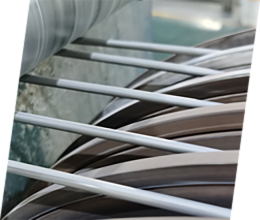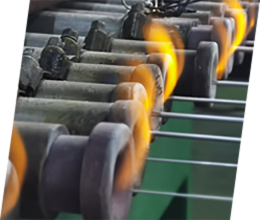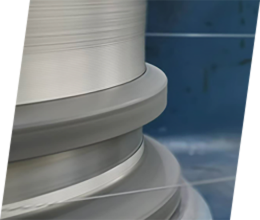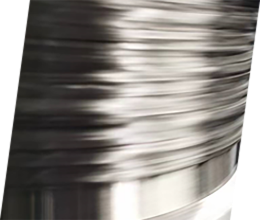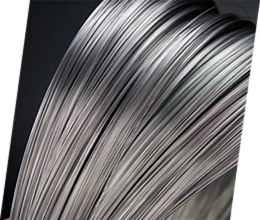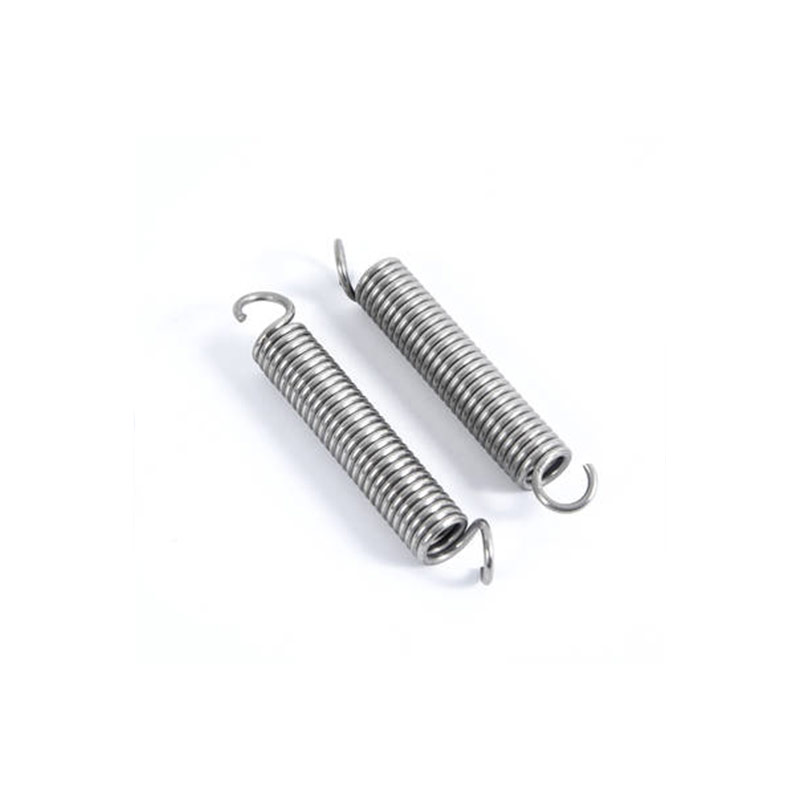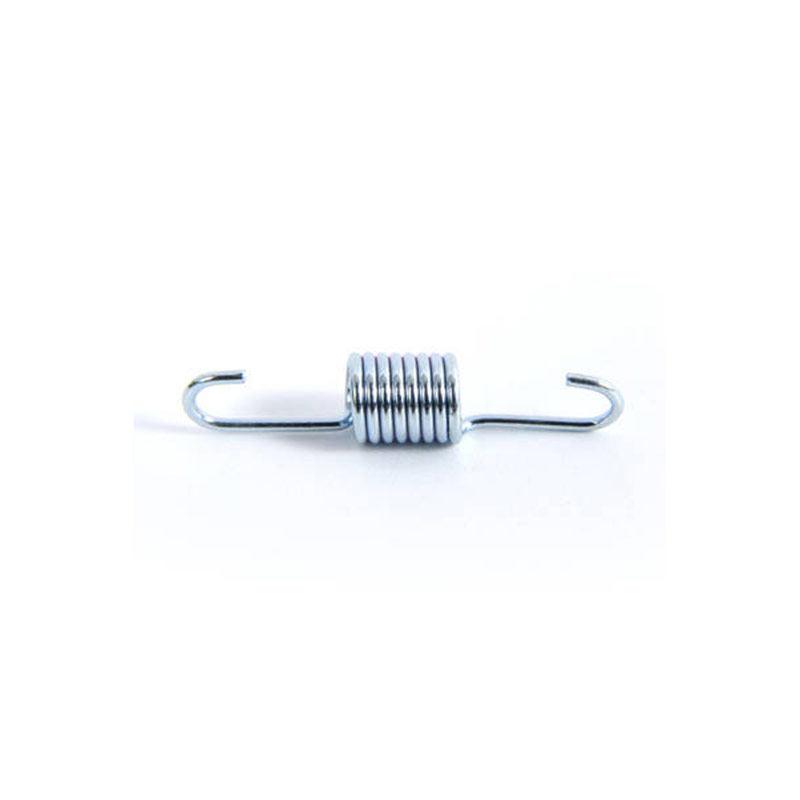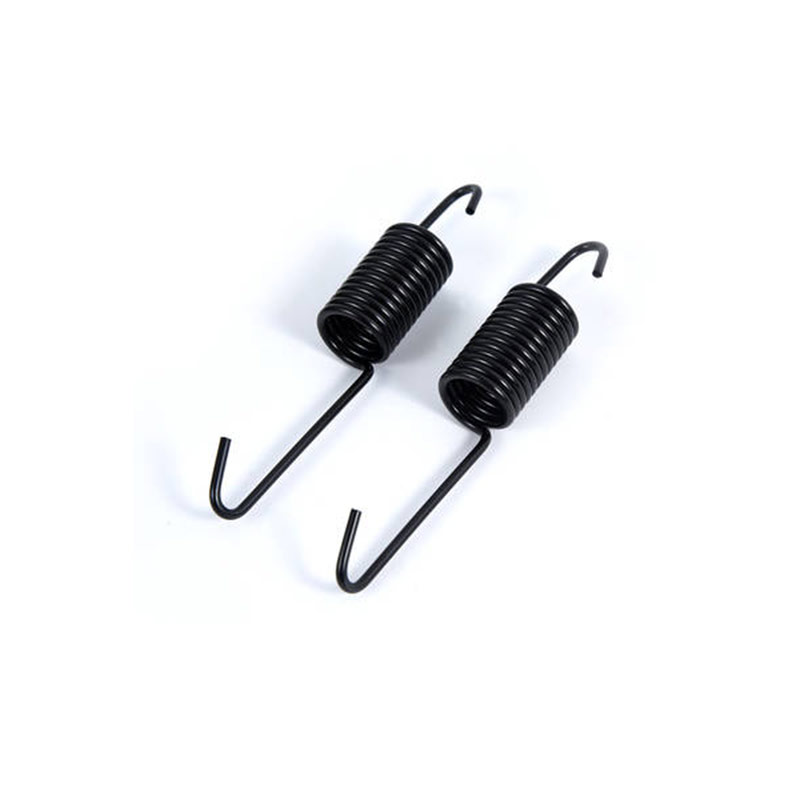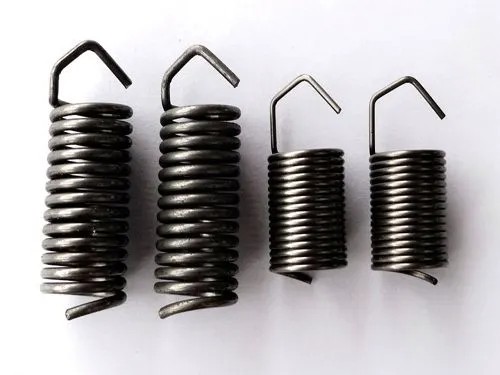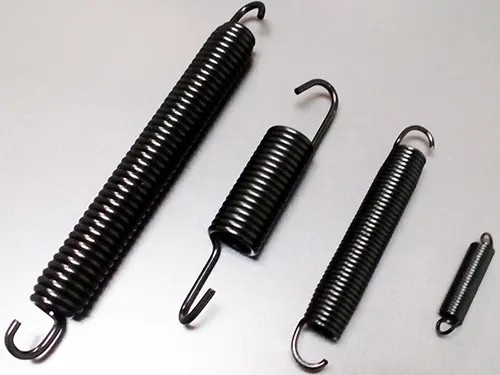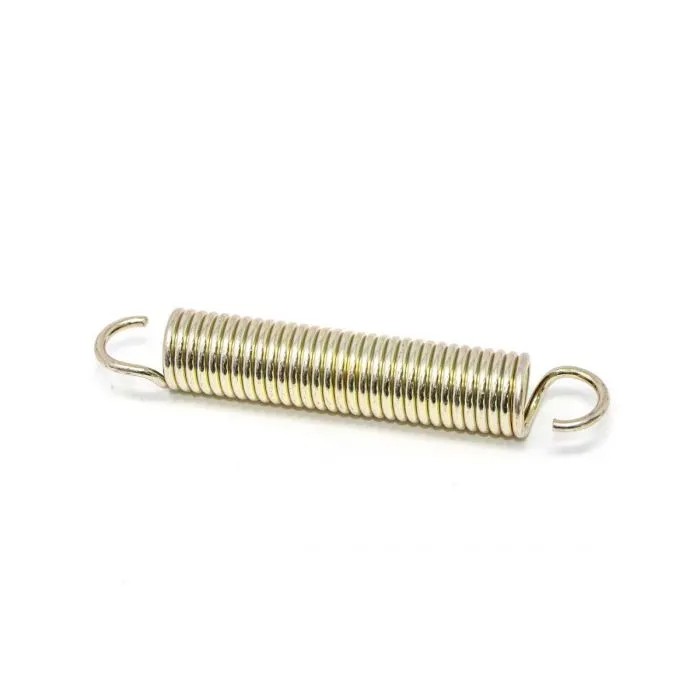What is Tension Spring?
With the increase of industrial products, spring products have also become richer, the amount of springs has gradually increased, and the technologies related to springs have gradually matured. The application of springs is extremely extensive. In electromechanical products, there are many kinds of springs, among which extension springs are one of the most common springs.
The tension spring is suitable for high and low temperature, corrosion resistance and other working environments. The materials of the tension spring mainly include stainless steel spring wire, carbon steel wire, oil quenched and tempered alloy spring wire, high and low temperature alloy spring wire, etc.
The tension spring is a helical tension spring that bears the axial tension. , Double hook tension spring, etc., is used to ensure the source of tension of the tension spring, generally made of spring steel with a circular section material, when not under load, the rings of the tension spring are generally tight and there is no gap.
Use the rebound force (pull force) after stretching to control the movement of the parts, store energy, measure the size of the force, etc. Most of the extension springs are usually under a certain degree of tension, even without any under load. This initial tension determines how tightly the tension spring coils without any load.
How a Tension Spring Creante Energy
When the extension spring is stretched, the stored energy begins to accumulate. The reason for the increased stored energy is that the spring wants to return to a more compressed state. After pulling the ends apart, they will automatically come closer if the ends are released. By physically maintaining the extra distance, the ends can only be separated further than when the spring is at rest.
Role of the Tension Spring
Tension springs are used to help keep two items within a specific distance at rest, when the alternate state is to keep the two items further apart. For example, a self-closing door can be designed as a surface-mounted tension spring door closer. When the door is opened, the ends of the spring are pulled further apart. Then, once the pressure associated with opening the door is released, eg by a person letting go of the open door, the spring will automatically pull the end attached to the door back to the end of the spring attached to the frame. Eventually, when the spring returns to its resting state, the door will be in the closed position.
Materials of Tension Spring
Tension spring materials mainly include stainless steel spring wire, carbon steel wire, oil quenched and tempered alloy spring wire, high and low temperature alloy spring wire, etc. Extension springs are also called tension springs, or tension springs for short. When not under load, the coils of the tension spring are generally tight and there is no gap between the coils.
Most tension springs are made of metal. The exact type of metal depends on the amount of stress to which it will be exposed, as well as certain environmental conditions. Some common metals for tension springs include, but are not limited to:
Stainless Steel Wire Tension Spring
Spring Steel
Low-Alloy Steel
Copper Alloys
Titanium Alloys
And More
Each type of metal provides different benefits and is associated with a different cost.







